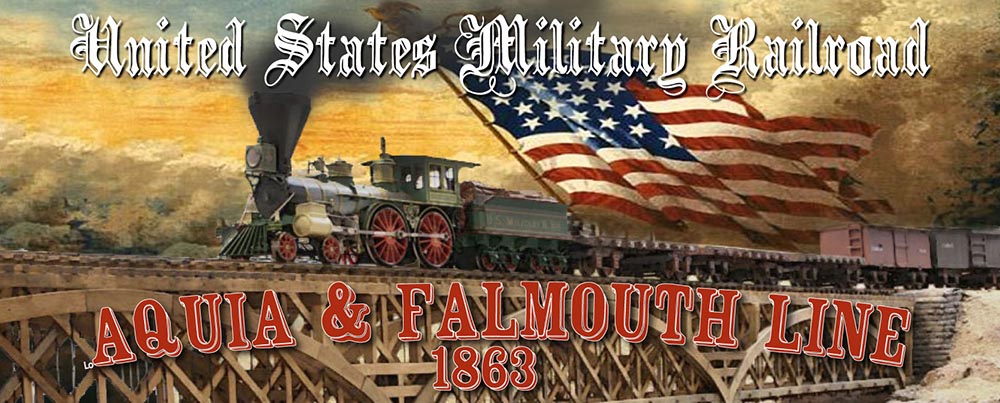 Grates were a simple, trouble-free mechanism in the days of wood-burning. Cast-iron bars, often T- or V-shaped, answered construction needs very well. Each bar was about five-eighths of an inch thick, four inches deep, and as long as the firebox required. The bars were set about one inch apart. Because the wood was all but entirely consumed in burning, rocking grates were not required. The small amount of ash that was not thrown out through the stack filtered through the grate bars to the ashpan.
Grates were a simple, trouble-free mechanism in the days of wood-burning. Cast-iron bars, often T- or V-shaped, answered construction needs very well. Each bar was about five-eighths of an inch thick, four inches deep, and as long as the firebox required. The bars were set about one inch apart. Because the wood was all but entirely consumed in burning, rocking grates were not required. The small amount of ash that was not thrown out through the stack filtered through the grate bars to the ashpan.Coal presented many more problems and required a more elaborate grate. It produced a hotter fire, and cast-iron bars burned out quickly.
So what happened to the small amount of ash produced? Probably dropped on the ground and shoveled up or blown by the wind.
White's book on locomotives is an essential reference for early steam locomotives. It's not an easy read, but contains an exhaustive amount of information.

No comments:
Post a Comment